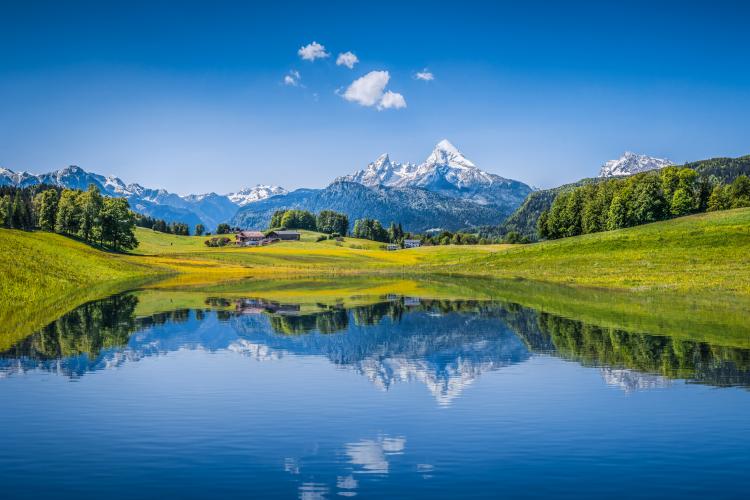The science behind RED SUN
Why Does the Sky Turn Red at Sunrise and Sunset?
An orange or red Sun in the early morning or late evening is a sight to behold. The sky takes on these vivid hues due to a phenomenon called Rayleigh scattering.The sunlight that we see is a type of electromagnetic radiation that is emitted by the Sun. Known as the visible light, it looks white but is composed of colors of different wavelengths, with violet having the shortest wavelength and red having the longest.The Earth’s atmosphere is primarily made up of gas molecules, with oxygen comprising about 21% and nitrogen about 78%. In addition, water molecules in the form of droplets, ice crystals, and vapor, and particles such as dust, pollutants, and ash can be found in the atmosphere, which is denser closer to the Earth and thins out as the altitude increases.
When sunlight strikes gas molecules, such as nitrogen and oxygen, light of longer wavelengths, like red, yellow, and orange, easily passes through, while light of shorter wavelengths, such as blue and violet, is absorbed and then scattered in all directions by the gas molecules.When you look up at the sky during the day, this scattered blue and violet light reaches your eyes, however, the human eye is more receptive to blue frequencies than violet frequencies, so the sky looks blue.
Besides making the sky look blue, it is also the reason why the Sun looks yellow during the day even though sunlight is white. When the Sun is high in the sky, the light has to travel a shorter distance through the atmosphere. This means most of the yellow, orange, and red light passes through while a small amount of blue and purple light is scattered and removed from the mix. The Sun, therefore, looks yellow for us here on Earth.
During sunsets and sunrises, when the Sun is closer to the horizon, sunlight has to travel through a longer distance and more of the dense environment to reach an observer’s eye.Due to Rayleigh scattering, most of the light of shorter wavelengths – the blue, violet, and green – are scattered away multiple times, leaving only lights of longer wavelength – the red, orange, and yellow – to pass straight through to the observer.

The Sun's rays have to travel a shorter path through Earth's atmosphere in the day. This is why the sky looks blue during the day.




Comments
Post a Comment